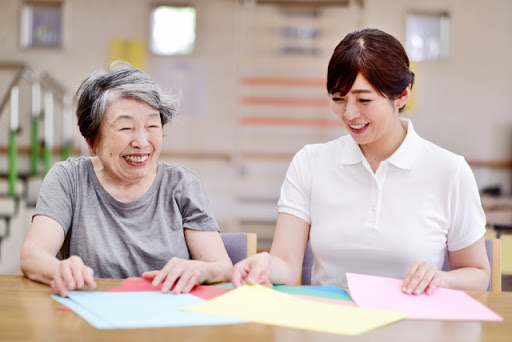1) Observe the process of communication
Pay attention to how the patient communicates with others in a peaceful environment, and find out the patient's spontaneous speech, content of speech, common phrases, ways of expressing meaning, body language, hearing, and reaction to the environment. Remember how the patient behaves when he/she is stable in daily life, so that you can realize how he/she behaves when he/she feels uneasy.
2) Observe the patient's daily life style
The patient's daily living pattern has a direct impact on their health status. If the amount of activities in daily life is low, the deterioration of cognitive functions may be accelerated due to lack of use of cognitive functions. Therefore, caregivers should record how the patient spends the 24 hours of the day in a chronological manner. Specifically documenting what is going on in daily life captures the patient's daily activity level and effectively organizes the patient's daily activities.


